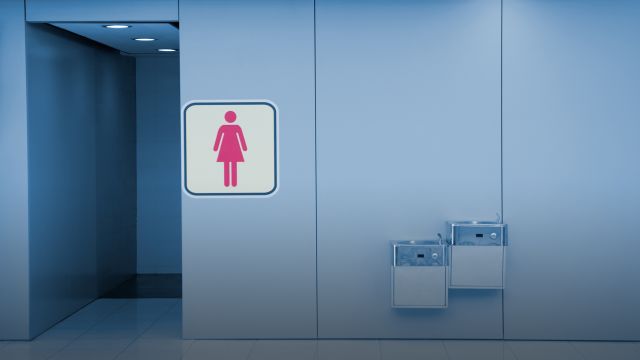Urinary incontinence is the medical term for bladder leakage. It is most common in women, because pregnancy, childbirth, and menopause can affect the muscles surrounding the bladder. However, incontinence can also happen to men. Although it can occur in young people, it is more likely to become a problem as a person ages. Other risk factors include diabetes, being overweight, an enlarged prostate, certain surgical procedures, and side effects of some medications.
The types of urinary incontinence:
There are several different types of urinary incontinence, which have different causes. These include:
- Urge incontinence. Also called overactive bladder (OAB), this type of incontinence occurs when you feel an urge to urinate even if your bladder isn’t full. The urge to urinate is often strong, and a loss of urine can occur before you’re able to get to a bathroom. This is caused when muscles in the bladder contract at the wrong time, typically due to a miscommunication between nerve endings and the brain.
- Stress incontinence. This type of leakage typically occurs when you laugh, cough, sneeze, or exercise, although it can sometimes occur without any movement. This type of incontinence occurs when there is stress or pressure on the bladder, often due to a structural issue where the bladder is not in its normal position.
- Overflow incontinence. This happens when your bladder doesn’t empty completely which causes uncontrollable leakage. You may use the bathroom and find that it still feels like you have to go. This may be the result of bladder stones, diabetes, or certain medications. This type of incontinence is more common in men.
- Functional incontinence. This type of leakage happens when your urinary tract system is functional, but you are unable to get to a bathroom in time due to an unrelated physical or mental health issue such as arthritis or dementia.
Diagnosis
Although some people feel embarrassed, it is important to discuss urinary incontinence with your healthcare provider. Some topics of discussion may include:
- How often you empty your bladder
- How often you leak urine
- Your family history
- Your medical history (for example, past surgeries or procedures)
- Eating and drinking habits
- Bowel movement habits
- Medications you take
Your healthcare provider may do some of the following exams or tests in order to find an accurate diagnosis:
- Physical exam, to look for signs that might cause incontinence
- Urinalysis, to test your urine for blood or other abnormalities
- Ultrasound, to take pictures of your bladder, urethra, and kidneys
- Bladder function tests, to determine how well your urinary tract system works
- Blood tests, to test for infections or abnormalities
- Cystoscopy, to check your bladder for inflammation or bladder stones
Your HCP may also ask you to keep a bladder diary in order to record when you empty your bladder and experience leakage, as well as what you ate or drank or what medications you took.
Treatment
Your treatment plan will depend on the type of incontinence you are experiencing as well as other health problems. Possibilities include:
- Retraining your bladder to avoid leakage
- Kegel exercises to strengthen your pelvic floor muscles
- Making changes to your diet and lifestyle
- Nerve stimulation
- Medications
- Surgery
- Medical devices
Remember that urinary incontinence can have a number of different causes. If you are experiencing symptoms, make an appointment with your healthcare provider to get an accurate diagnosis and appropriate treatment.






